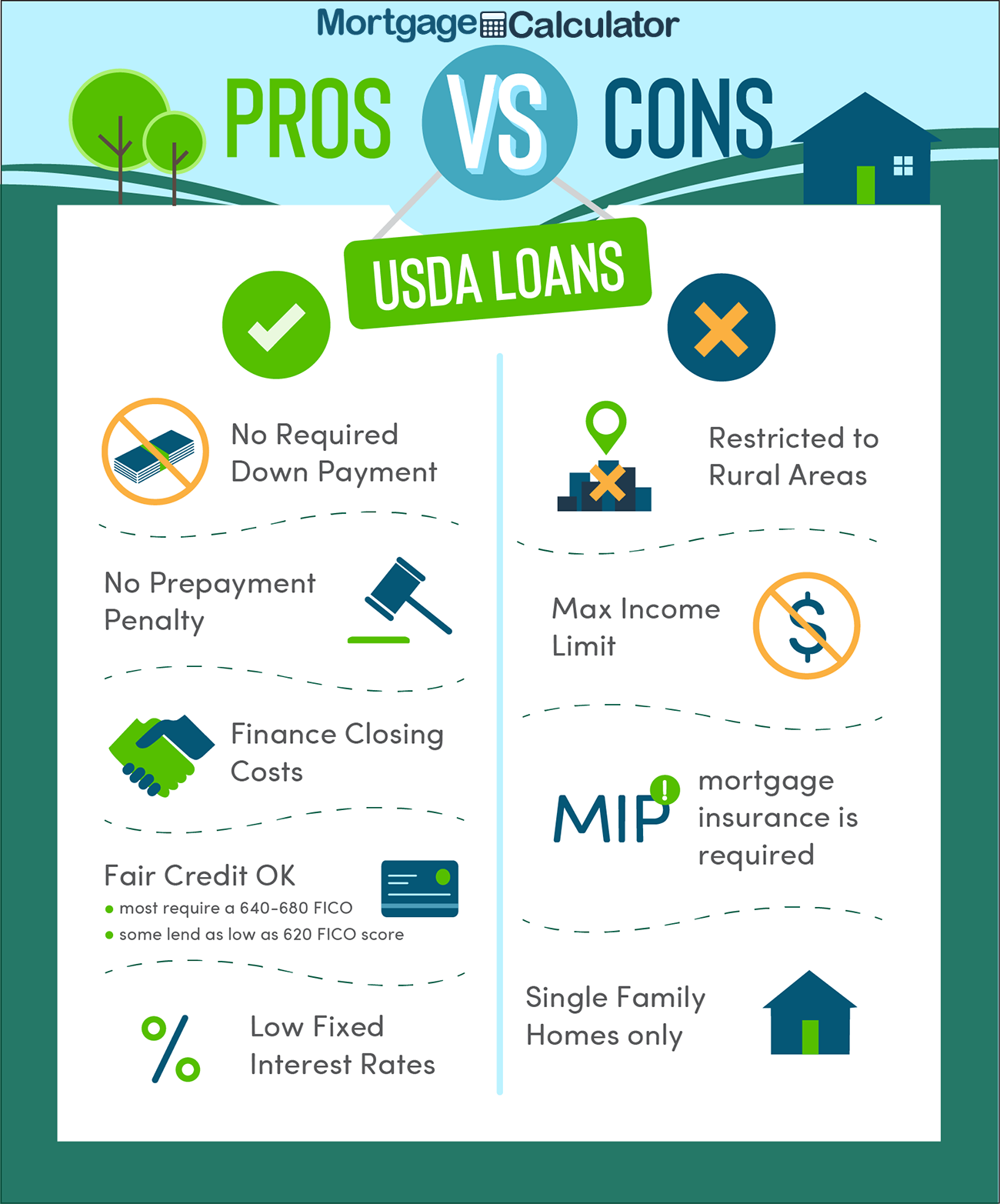Conventional Mortgage Loans: Just How They Compare to Various Other Financing Options
Conventional Mortgage Loans: Just How They Compare to Various Other Financing Options
Blog Article
The Necessary Aspects to Consider When Picking In Between Fixed-Rate and Variable-rate Mortgage Fundings
When reviewing mortgage choices, borrowers face a pivotal choice in between fixed-rate and adjustable-rate financings, each providing distinct benefits and possible pitfalls. Trick factors to consider such as rate of interest rate stability, predictability in regular monthly settlements, and the implications of possible rate changes can significantly influence lasting economic health and wellness.
Rate Of Interest Price Stability
When selecting a home mortgage, recognizing interest rate stability is crucial for informed decision-making. Rate of interest prices can dramatically impact the overall expense of a mortgage, and recognizing the nature of these rates is vital for consumers.
On the various other hand, variable-rate mortgages (ARMs) begin with reduced preliminary prices that may change regularly based on market problems. While this can cause reduced repayments originally, it likewise introduces uncertainty, as debtors may encounter increased settlements if interest rates rise. For those thinking about an ARM, it is essential to assess the chance of price modifications, the potential for settlement rises, and the size of the preliminary fixed-rate period.
Eventually, the selection in between adjustable-rate and fixed-rate home loans rests on specific risk tolerance and monetary situations. Understanding rates of interest stability aids customers make notified decisions that align with their long-lasting financial goals.
Month-to-month Payment Predictability
While borrowers often focus on rates of interest stability, the predictability of monthly payments is just as essential in the mortgage choice procedure (Conventional mortgage loans). Regular monthly payment predictability plays an essential function in budgeting and monetary preparation, as it straight affects a homeowner's money circulation and total monetary health and wellness
Fixed-rate home mortgages provide a constant monthly repayment throughout the life of the financing, allowing customers to anticipate and prepare their costs properly. This security can be especially advantageous for first-time buyers or those on a fixed earnings, as it gets rid of the unpredictability linked with varying repayments.
On the other hand, adjustable-rate mortgages (ARMs) commonly feature reduced preliminary repayments that can change with time, resulting in potential irregularity in regular monthly obligations. While initially attractive, this changability can complicate economic preparation, especially if customers do not make up future rate adjustments.
Possible Rate Adjustments
In the world of adjustable-rate home loans (ARMs), prospective rate changes stand for a considerable element that borrowers must meticulously think about. Unlike fixed-rate mortgages, where the rate of interest rate continues to be unmodified for the life of the funding, ARMs are characterized by fluctuating rate of interest that are linked to market indices. This variability can result in substantial adjustments in regular monthly repayments, affecting the consumer's monetary preparation and budgeting.
Customers should be aware of the margin and index made use of to calculate these modifications, as they directly affect future interest rates. Additionally, ARMs frequently include caps that limit how a lot the rate of interest price can boost at each change and over the life of the funding, which can supply some level of security versus radical price walkings.
Understanding these possible changes is vital for customers, as they straight influence lasting settlement obligations. For that reason, evaluating individual monetary circumstances and risk resistance is necessary when deciding whether an ARM aligns with one's official statement economic objectives.
Funding Term Considerations
Car loan term factors to consider play a crucial duty in the decision-making procedure for consumers picking in between adjustable-rate and fixed-rate home loans. The length of the lending term significantly affects month-to-month repayments, passion prices, and overall economic preparation.

Ultimately, debtors have to analyze their individual scenarios, monetary objectives, and market conditions when evaluating the ramifications of funding term choices within each home mortgage type.

Overall Price of Loaning
Fixed-rate this content mortgages use predictable month-to-month repayments, as the rate of interest rate continues to be constant throughout the financing term. This predictability can lead to reduced overall costs, particularly in a secure or declining interest price setting.
Alternatively, variable-rate mortgages (ARMs) generally begin with reduced initial rates, leading to reduced ahead of time prices. These rates can enhance after a preliminary period, leading to potentially higher long-term prices. Debtors have to think about the regularity and degree of price adjustments, in addition to the general loan duration, to precisely analyze the financial implications.
Moreover, the overall expense of loaning encompasses not only rates of interest but likewise fees and other connected costs, such as closing prices and insurance (Conventional mortgage loans). Therefore, Source when examining mortgage choices, customers should carry out a comprehensive expense analysis over the life of the financing. By doing so, they can make an enlightened choice that lines up with their financial goals and take the chance of tolerance
Final Thought
Passion rate security and monthly repayment predictability are vital for efficient budgeting, while the capacity for rate modifications in ARMs introduces economic uncertainty. Additionally, the expected duration of homeownership and the total cost of borrowing, including passion rates and associated fees, should line up with specific economic scenarios and take the chance of resistance.
Key considerations such as passion price security, predictability in regular monthly settlements, and the effects of potential rate adjustments can considerably affect lasting monetary health and wellness. Interest prices can dramatically affect the total price of a home loan, and identifying the nature of these prices is vital for consumers. Unlike fixed-rate home mortgages, where the rate of interest rate remains the same for the life of the finance, ARMs are defined by rising and fall rate of interest prices that are tied to market indices. Furthermore, ARMs frequently consist of caps that restrict how a lot the rate of interest rate can enhance at each change and over the life of the financing, which can give some degree of security against extreme price walkings.
Interest price security and month-to-month payment predictability are vital for efficient budgeting, while the capacity for rate modifications in ARMs presents economic uncertainty.
Report this page